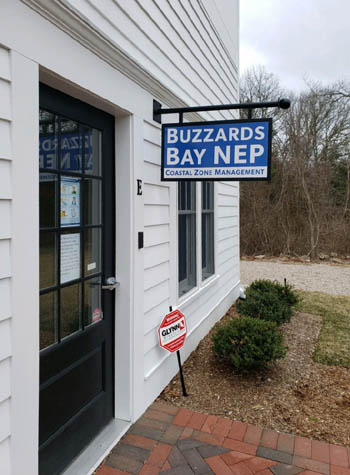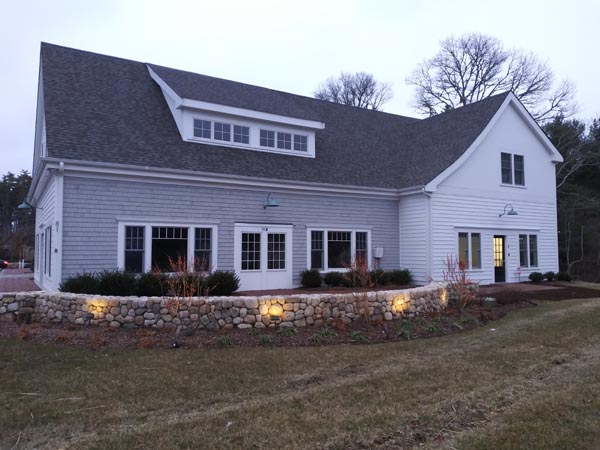On October 11, Restore America’s Estuaries and the U.S. Environmental Protection Agency (EPA) announced $1.2 million in funding to six local partnerships in Massachusetts through the Southeast New England Program (SNEP) Watershed Grants. SNEP supports partnerships to address water quality and coastal habitat issues in the region. The Buzzards Bay National Estuary Program is an advising partner and is providing GIS technical support on these two SNEP grants:
The Buzzards Bay Coalition is receiving $223,533 for a study Promoting Salt Marsh Resilience by supporting research to better understand causes and trends of marsh loss on Buzzards Bay and for pilot-scale restoration activities to preserve threatened marshes.
The Massachusetts Maritime Academy is receiving $176,581 for the Buzzards Bay Stormwater Collaborative, a partnership between Massachusetts Maritime Academy (MMA), the Buzzards Bay NEP, and eight Buzzards Bay municipalities. The project will be integrated into a new MMA curriculum and students will work to support communities in stormwater compliance.
For more information, see the SNEP grant
announcement.

